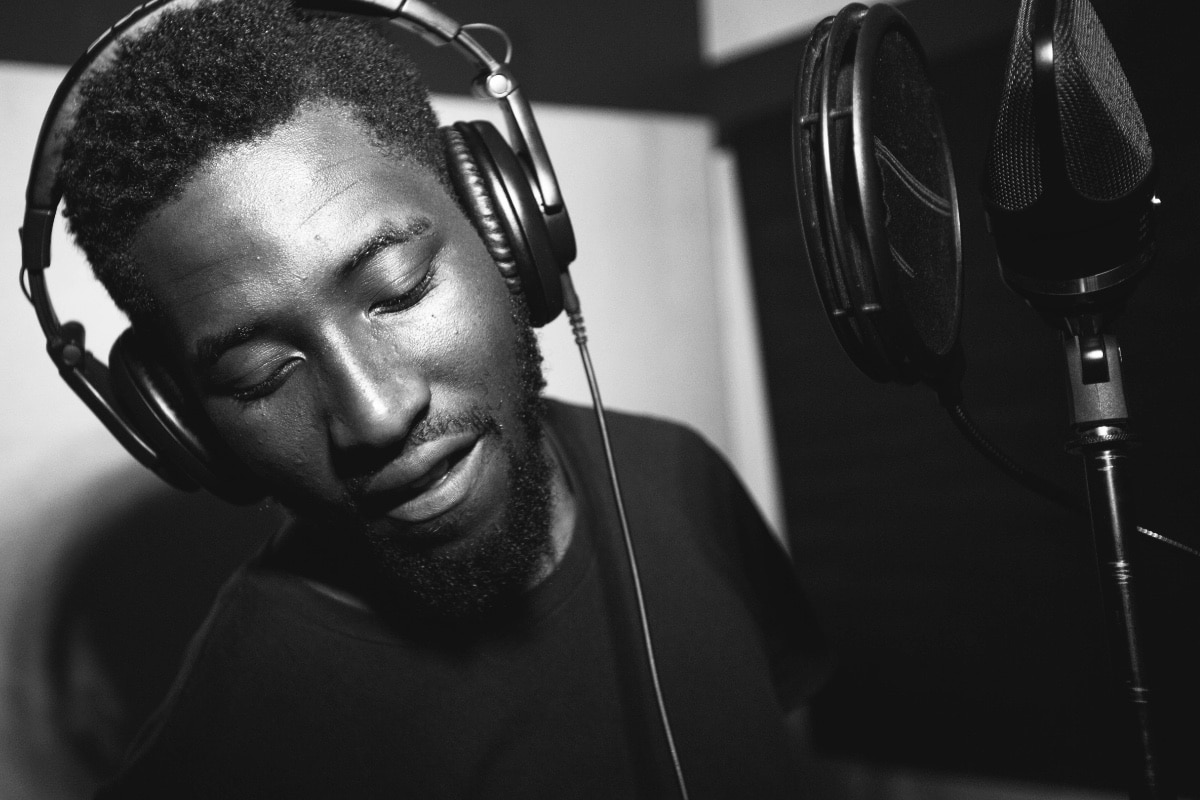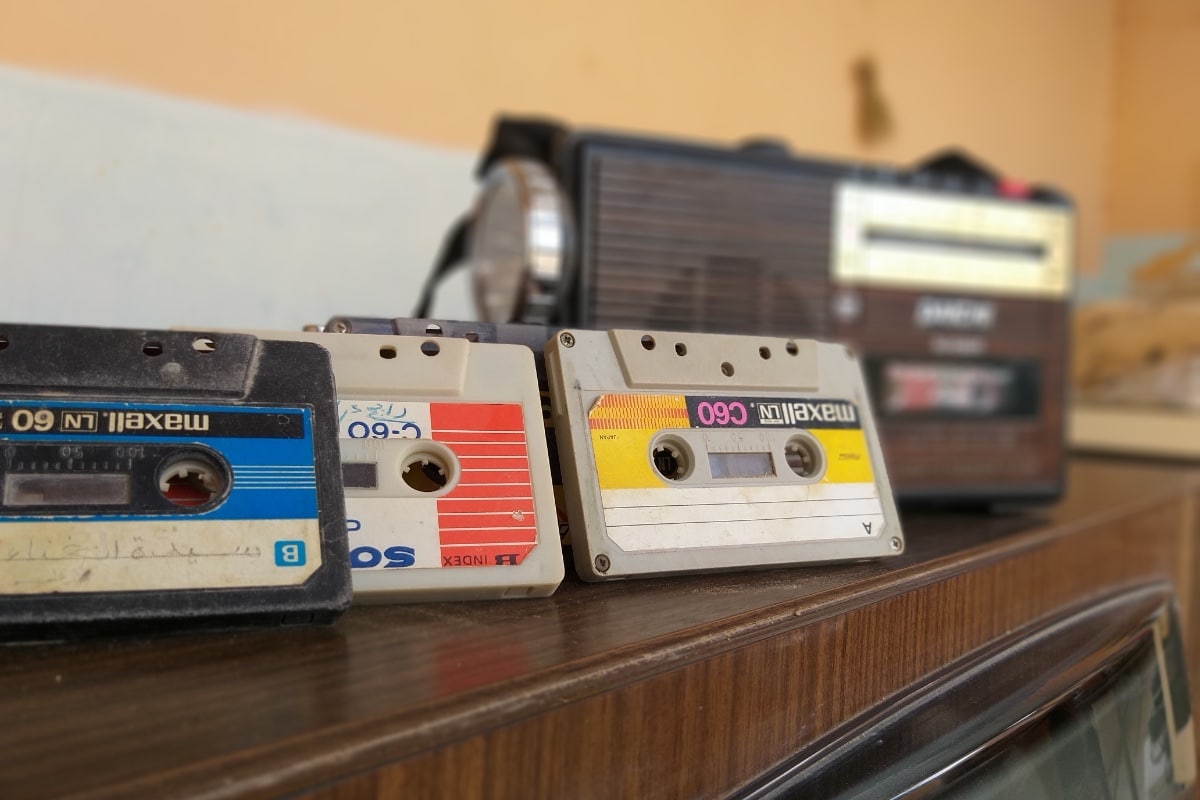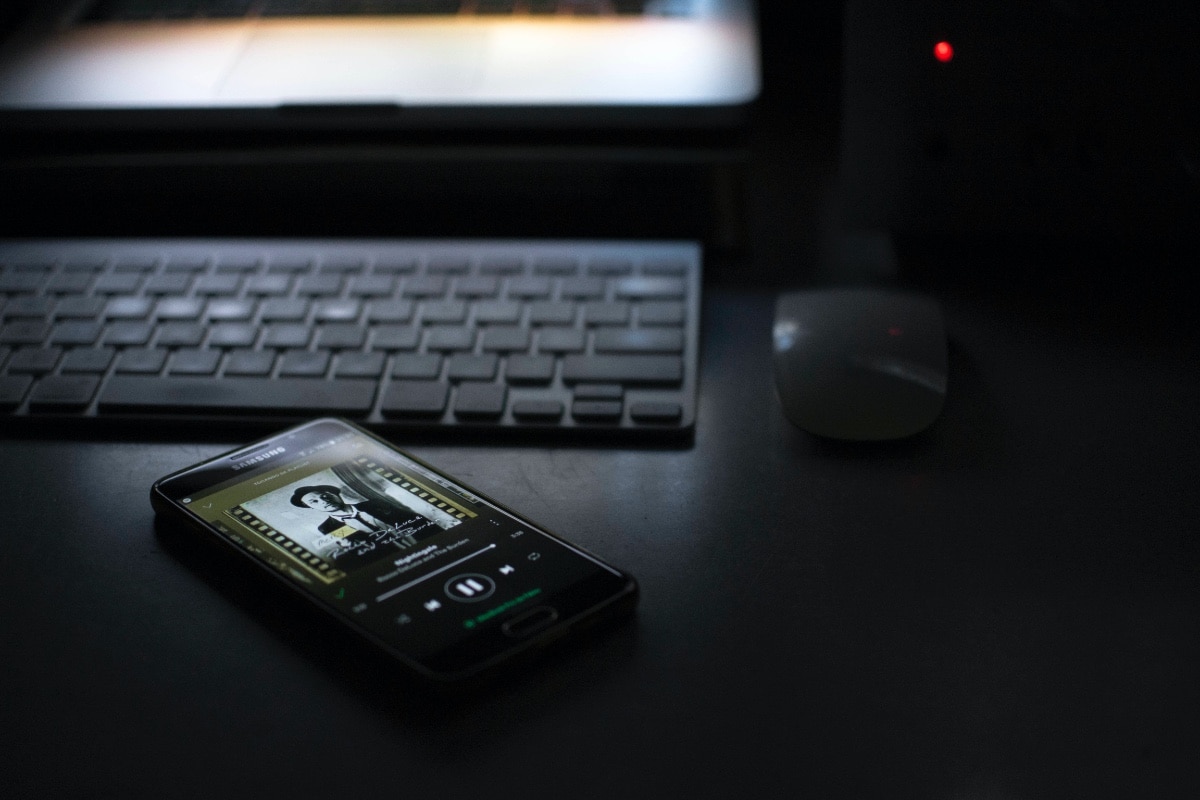As an independent artist, one of the most powerful tools that you have on your side is data. Data might be something that you let your research time worry about beforehand, but in the modern world utilizing data makes it much more likely that you can succeed.
Naturally, if you use Spotify, then you would do well to tap into the reams of data that they hold on your profile performance. Used correctly, this could be essential for making sure you can really see improved growth and continued positive performance.
Also, you can learn from that data more about where you should be gigging, touring and marketing yourself towards.
As ever, though, checking it out on Spotify is more challenging than it really needs to be. If you would like to avoid such an issue, then we recommend that you follow this simple guide on how to read your data on Spotify.
Done right, you can make sure that you are far more likely to get the right kind of data on Spotify. It will also help you to learn about what the data means, and how you can use it for your own success later on.
Making sense of your artist data
Firstly, you need to start making the most of the Audience section on your Spotify for Artists account. Simply log in and head to the Audience page, and you can learn so much about your performance.
It shows your total stream numbers and your total followers, giving you access to how, when and where they are listening from.
You can also see what playlists you are on. This is so useful, as playlists are a major way to help build up your following and indeed your popularity/earning potential. This shows you if you are in Spotify editor playlists, fan made playlists and so much more.
This gives you unique insights; if you keep appearing in a playlist genre you never expected, your appeal might be wider than expected! This is so useful.
You can then use that data to see what other avenues you could go down as an independent artist to mix in with some new opportunities.
So, basically, you should be using that data to help augment the next step in your career. Maybe you might find that you could be doing some collaborative work with a DJ instead of a live band?
It’s always so varied. Whatever the insight, you should find that using your Spotify for Artists data can help you to make a much more intelligent step forward into your genre.
From helping you to see who is listening to you and where, as well as when, to making you see just how fluid your own sound is, this data is more than just a feel-good solution.
If you choose to make this kind of call, then you can really benefit from simply getting involved with reading your data and seeing what messages are embedded within the analysis.
Try it; the results can be spectacular!








